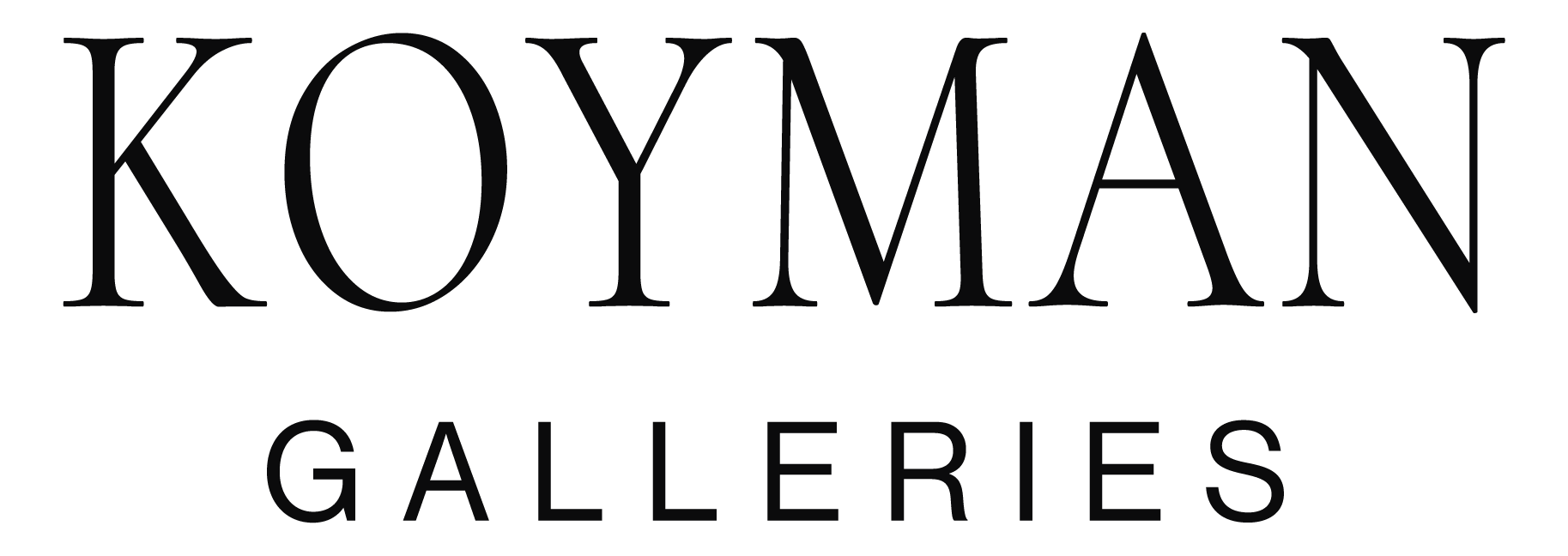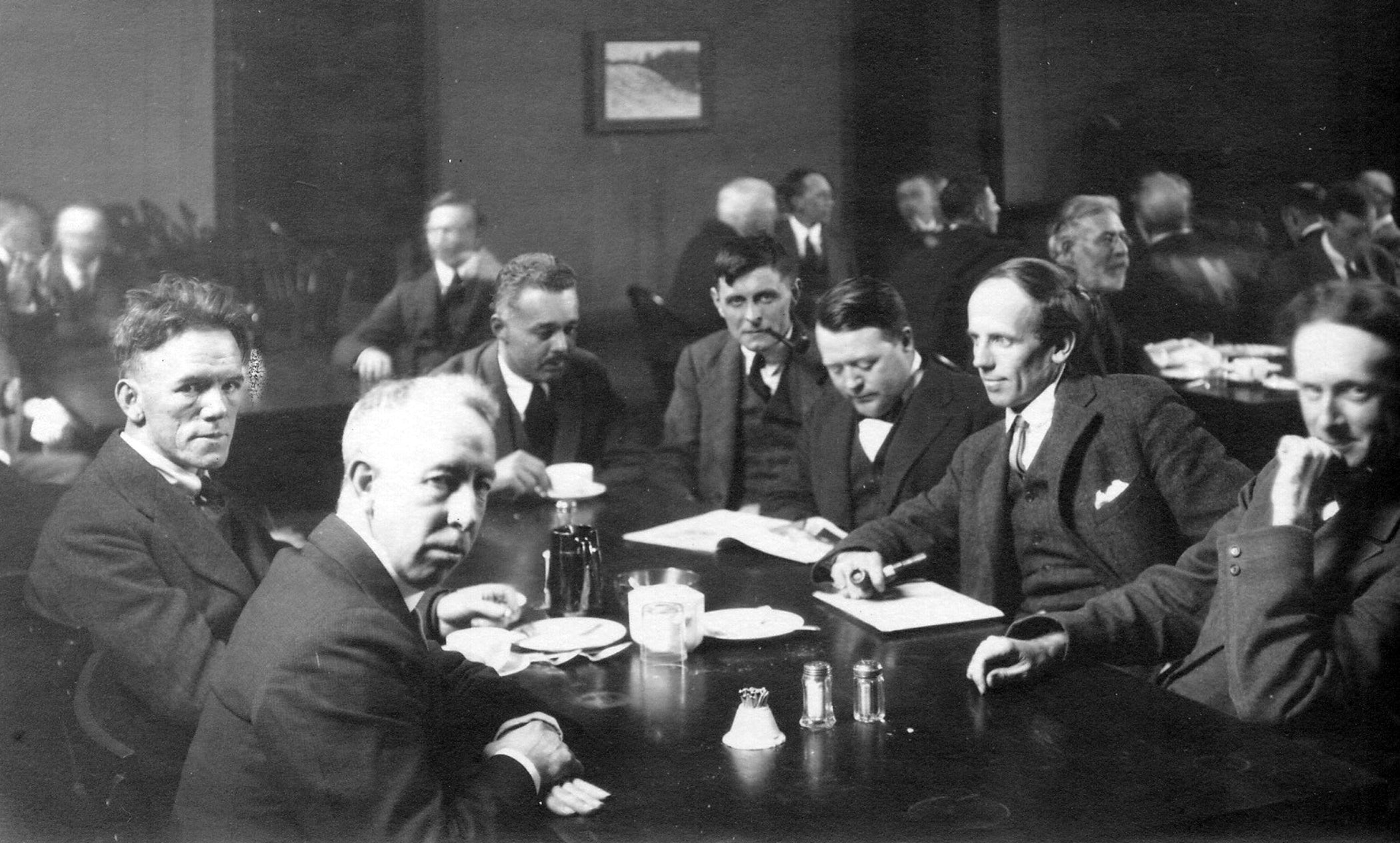Group of Seven
The Group of Seven (active 1920–1933, Canada) were pioneering landscape painters who defined a distinctly Canadian school of art. Originally including Franklin Carmichael, Lawren Harris, A.Y. Jackson, Frank Johnston, Arthur Lismer, J.E.H. MacDonald, and Frederick Varley, the group later welcomed A.J. Casson, Edwin Holgate, and Lionel LeMoine FitzGerald. Influenced by Tom Thomson, their bold interpretations of wilderness and light established Canada’s first national art movement.The Group of Seven (active 1920–1933, Canada) transformed the course of Canadian art, establishing the nation’s first major artistic movement through bold, modern depictions of the landscape. Originally composed of Franklin Carmichael, Lawren Harris, A.Y. Jackson, Frank Johnston, Arthur Lismer, J.E.H. MacDonald, and Frederick Varley, the group was later joined by A.J. Casson (1926), Edwin Holgate (1930), and Lionel LeMoine FitzGerald (1932). Though not formally members, Tom Thomson’s legacy and Emily Carr’s parallel vision were deeply intertwined with their emergence.
Rooted in shared experiences sketching in Ontario’s wilderness, the artists believed a distinct Canadian identity could be forged through direct engagement with nature. Their paintings of Algonquin Park, Georgian Bay, Algoma, and beyond rendered forests, lakes, mountains, and the North with expressive colour, dynamic brushwork, and a spiritual sense of place. Supported by patrons like Dr. James MacCallum and institutions such as the National Gallery, the Group held its first exhibition in 1920, initially met with skepticism but soon recognized as groundbreaking.
By 1933, after J.E.H. MacDonald’s death and as their influence spread across the country, the Group formally dissolved, replaced by the Canadian Group of Painters. Yet their legacy endures: through their vision, Canadian wilderness became not only subject matter but a defining symbol of national art and identity.


